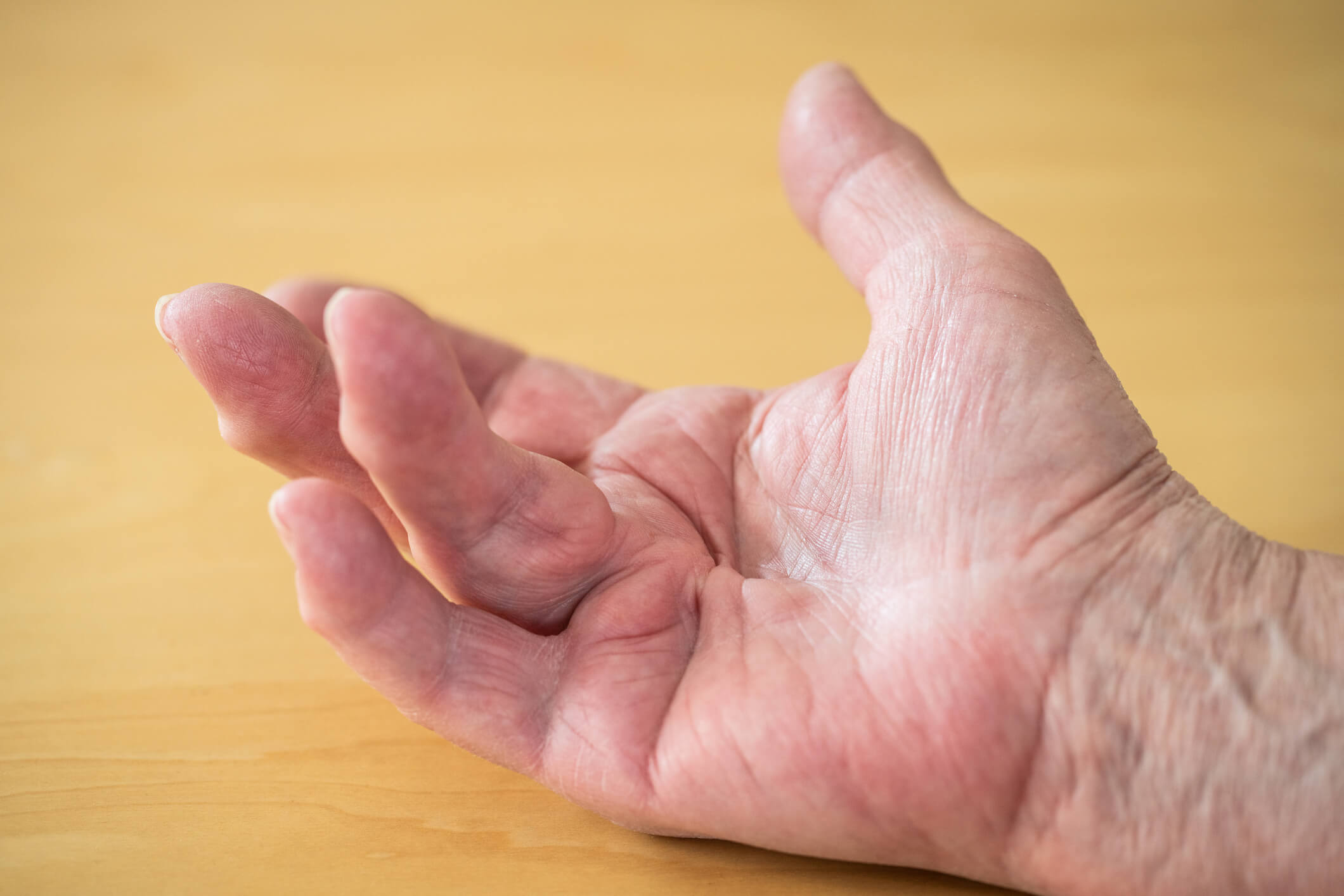The presence of nodules and cords is not an indication for surgery unless the range of movement of the fingers is limited. The test is the ‘Table Top’ test – an inability to lay the hand flat, palm-down, on a flat surface.
Once the range is limited, treatment is often indicated and a number of options are available. Selection depends on the precise distribution of the contracture, the specific joints involved and the expertise and experience of the surgeon.
No treatment will guarantee a cure and freedom from recurrence, either in the treated finger or in other digits. The likelihood of recurrence does depend on the selected method of treatment. Methods of treatment may include:
- Fasciotomy:
- Needle fasciotomy: In the procedure a needle is inserted beneath the skin and the cord, with a small amount of local anaesthetic. Using the bevel edge of the needle the fibres of the cord can be progressively divided such that this ‘gives’ and there is extension of the finger. No tissue is removed and the contracture invariably recurs after a period of some months.
- Chemical fasciotomy (Collagenase, marketed as Xiapex™): The same interruption of the cord can be achieved by injection of a chemical which dissolves collagen. Once again, no tissue is removed and the contracture recurs after a period of months.
- Open Surgery:
- Segmental fasciectomy: Short sections of cord are removed to interrupt the continuity and restore range. Once again, minimal tissue of removed and the contracture tends to recur after a variable period.
- Regional Fasciectomy: The entire cord is dissected and removed, restoring range. This is a more invasive operation which, of performed thoroughly (removing all abnormal tissue, holds out an improved chance of a contracture-free interval.
- Dermofasciectomy: This involves a radical removal of all diseased tissue and the overlying skin. It is generally reserved for those with repeated recurrence or who clearly have a genetic predilection to aggressive contracture at a young age.
The more invasive the method chosen, the more specialised and protracted is the post operative rehabilitation. A splint is generally recommended after surgery and a programme of hand therapy will minimise the chance of scar contracture replacing the Dupuytren’s contracture. Complications include: Recurrence, Stiffness, altered sensation, delayed healing.

